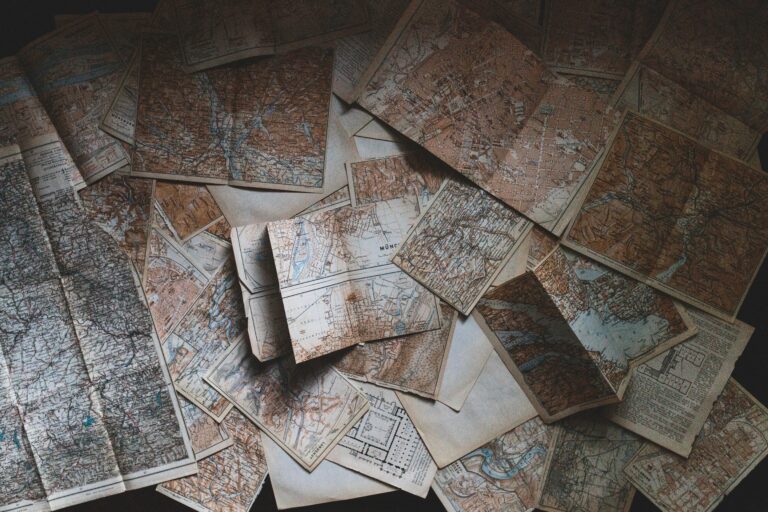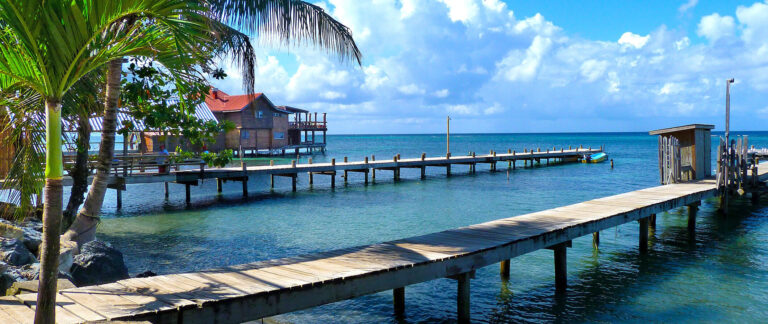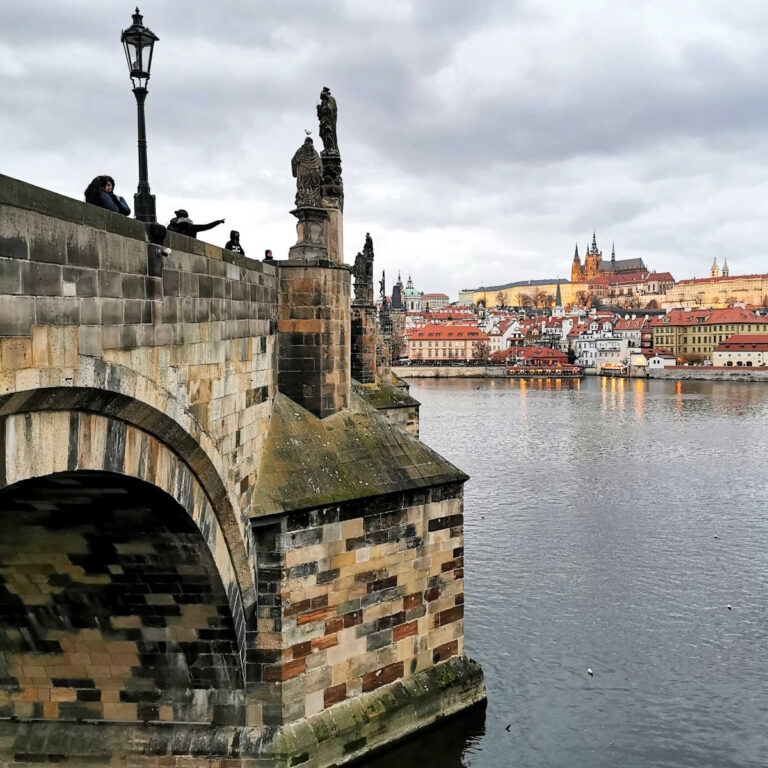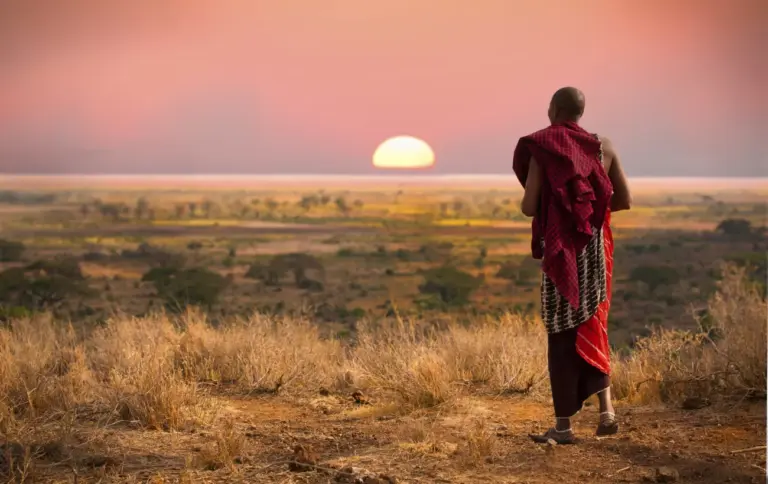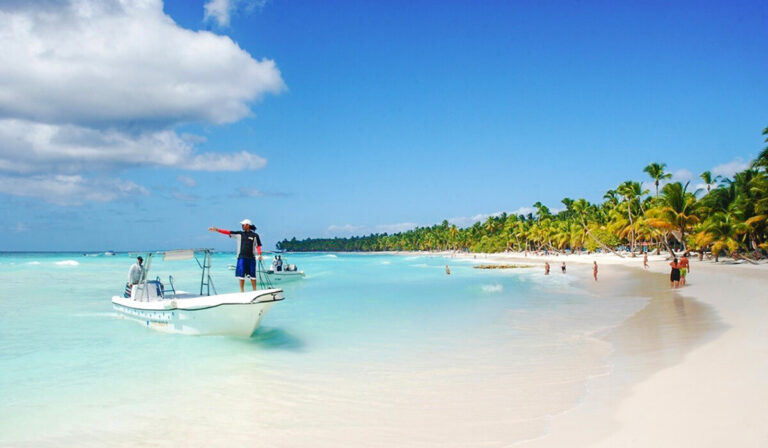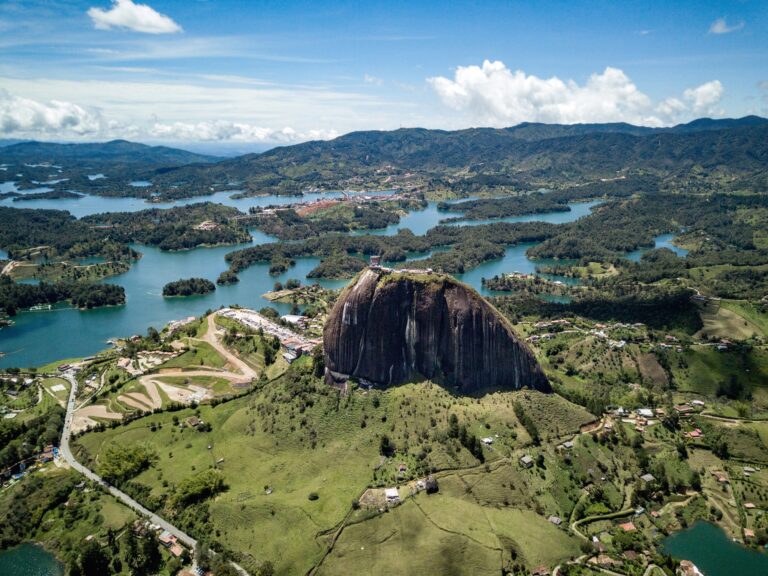Is Panama Safe to Travel: Tourism Guide
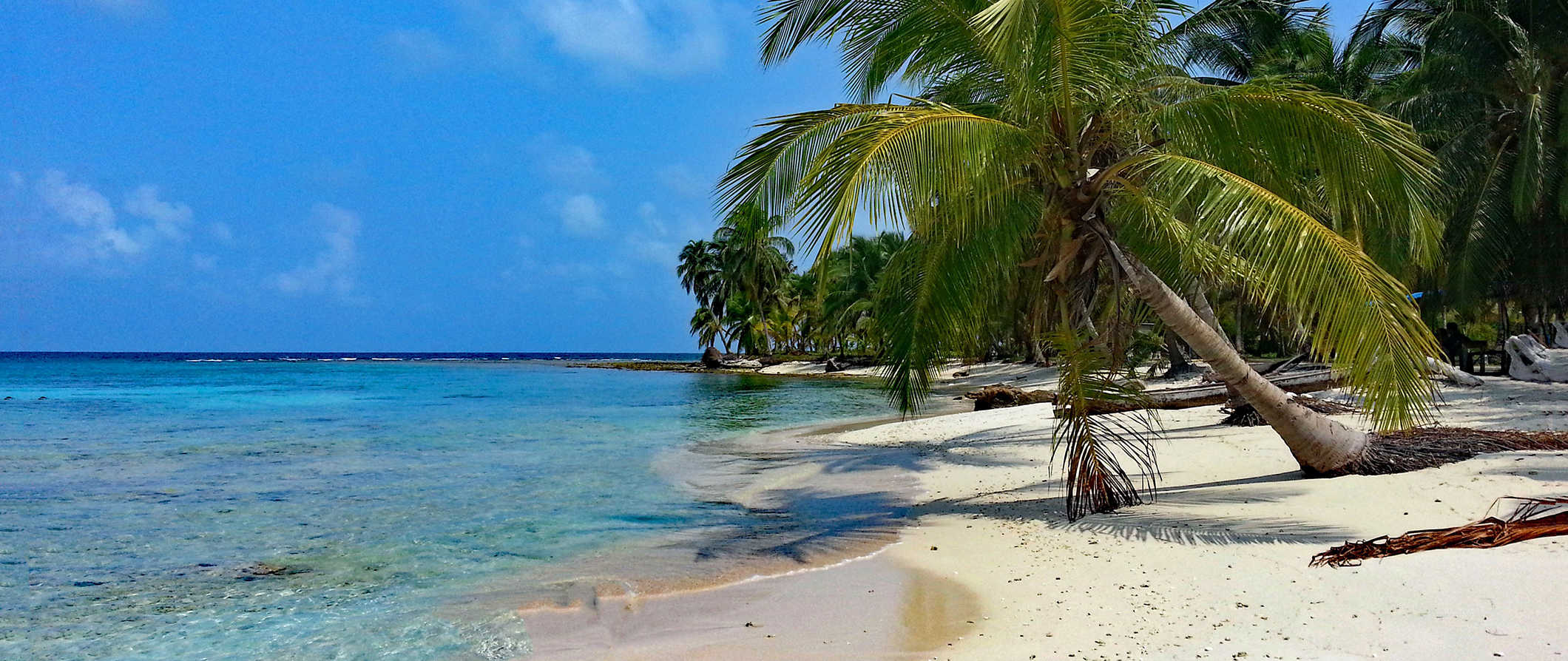
Traveling to Panama
Entry Requirements
When planning a trip to Panama, it’s essential to be aware of the entry requirements to ensure a smooth journey. According to Tourism Panama, visitors must meet the following criteria:
- A valid passport with at least six months of validity remaining.
- A return or onward ticket.
- Proof of economic solvency, showing at least $500.
- The address of your lodging and the purpose of your visit.
Certain nationalities might need to present a higher amount of economic solvency. Ensure you verify the specific requirements based on your nationality before traveling.
| Requirement | Details |
|---|---|
| Passport Validity | At least six months |
| Return Ticket | Mandatory |
| Economic Solvency | Minimum of $500 (may vary for some nationalities) |
| Lodging Address | Required |
| Purpose of Visit | Required |
Visit our article on is it safe to travel to the dominican republic for a comparative look at entry requirements in nearby travel destinations.
Safety Precautions
Panama is generally safe for tourists, but like any travel destination, it’s crucial to take certain precautions. Panama is rated at Level 2: Exercise Increased Caution due to crime and potential for civil unrest. Here are some must-know safety tips:
- Be Vigilant in Crowded Places: Petty crime such as pickpocketing and bag-snatching is common in tourist areas, especially in Panama City and Colon (Smartraveller).
- Avoid Using Public Wi-Fi for Sensitive Transactions: Public Wi-Fi networks are vulnerable to hacking and data theft. To safeguard your personal information, avoid accessing sites requiring sensitive information and use a VPN.
- Be Cautious of Tourist Scams: Always verify information from locals and be wary of offers that seem too good to be true. For example, avoid unsolicited advice about closed attractions.
- Maintain Situational Awareness: Be aware of your surroundings and avoid isolated areas, especially at night. Demonstrations can also disrupt travel patterns, so stay informed.
For further safety tips, you can explore our article on is peru safe to travel to to compare safety precautions in similar travel locales.
By adhering to these guidelines, you can ensure a safer and more enjoyable experience while exploring the beauty and culture of Panama.
Understanding Crime Rates
When considering whether Panama is safe to travel, it’s essential to understand the crime rates and the types of criminal activities that might affect tourists. This section delves into homicide statistics and common tourist scams to provide a clearer picture.
Homicide Statistics
Homicide rates in Panama have seen fluctuations over the years. In 2021, Panama reported approximately 11.3 homicides per 100,000 inhabitants. This represents an increase from 9.6 per 100,000 in the previous year. The highest rate within a recent period was recorded in 2014, reaching 15 homicides per 100,000 citizens. Despite these figures, Panama’s homicide rates remain lower compared to countries like Mexico, Venezuela, and Haiti (Statista).
| Year | Homicides per 100,000 Inhabitants |
|---|---|
| 2014 | 15 |
| 2020 | 9.6 |
| 2021 | 11.3 |
Common Tourist Scams
Tourists should be aware of several common scams in Panama to avoid falling victim. Understanding these scams can help you navigate the country more safely and enjoy your trip without undue stress.
-
Broken Meter Taxi Scam: This scam usually occurs near airports or train stations. The driver claims the meter is broken and charges an exorbitant fare. To avoid this, ensure the meter is on when you get in the taxi, or agree on a fare before starting the ride. Always opt for authorized taxis.
-
Travel Insurance Scam: This occurs when booking flights, cruises, or hotel rooms. Travelers might be pressured into purchasing low-cost insurance plans that offer inadequate coverage. It’s advisable to compare coverage options rather than checking the insurance option provided during booking.
-
Fake Goods and Double Payment Scams: Be cautious of offers that seem too good to be true. This includes purchasing counterfeit goods or being asked to pay twice for services.
Exercise a high degree of caution in areas known for tourist activities. In Panama City and Colon, petty crimes like pickpocketing and bag-snatching are common, while more serious crimes like armed robbery and muggings also occur (Smartraveller). For general safety, explore our general safety guidelines and learn about safe tourist neighborhoods to enhance your travel experience.
By staying aware of these statistics and familiarizing yourself with common scams, you can better assess the safety of Panama for your travels. Always remain cautious and informed to ensure a safe and enjoyable trip.
Health and Safety Tips
Vaccination Recommendations
To ensure that your trip to Panama is safe and enjoyable, it is crucial to be up-to-date on recommended vaccinations. Routine immunizations should be current, including tetanus-diphtheria (Tdap) and measles-mumps-rubella (MMR). Depending on the areas you plan to visit, additional vaccinations may be necessary (Anywhere Panama Travel Guide).
Below is a table summarizing the vaccination recommendations for travelers to Panama:
| Vaccination | Recommended For |
|---|---|
| Hepatitis A | All travelers |
| Hepatitis B | Travelers engaging in activities with high risk of exposure |
| Typhoid Fever | Travelers focusing on rural areas or adventurous eating |
| Rabies | Travelers spending extended time outdoors or in rural areas |
| Yellow Fever | Travelers visiting certain rural provinces (e.g., Darién) |
| Antimalarial Medication | Necessary for regions like Darién, Cormarca de Guna Yala, Bocas del Toro, and Veraguas |
Panama has not reported cases of yellow fever since 1974, polio since 1972, diphtheria since 1981, and cholera since 1993. This indicates an overall robust health environment (Anywhere Panama Travel Guide).
Medical Facilities in Panama
Medical facilities in Panama are generally reliable, especially in larger cities such as Panama City and David, where many physicians are trained in the U.S. and are proficient in English (Anywhere Panama Travel Guide). Pharmacies are well-stocked throughout the country, ensuring that you have access to necessary medications.
In case of a medical emergency, dial 911 for immediate assistance. For serious medical conditions, treatment in Panama City is recommended due to the availability of the best medical facilities.
Below is a list of top cities with notable medical facilities:
| City | Medical Facility Recommendations |
|---|---|
| Panama City | Punta Pacifica Hospital, Hospital Nacional |
| David | Hospital Mae Lewis, Hospital Chiriqui |
For more detailed information on safety precautions while traveling to other countries, check out our guides on:
Do not forget to take precautions against insect bites. Using insect repellent, wearing long-sleeved clothing, and sleeping in screened-in rooms are essential measures to avoid mosquito-related illnesses, especially in rural areas.
Lastly, always be cautious when using public Wi-Fi networks to protect your personal information from cybercriminals. Enable a firewall, use VPNs, and avoid sites requiring personal information whenever possible (InsureMyTrip). Learn more about general safety practices by visiting our general safety guidelines.
Safety Concerns in Panama
When considering the question, “is Panama safe to travel?”, it’s essential to understand the specific areas that may pose safety risks and the crime rates in key locations like Panama City.
Areas to Avoid
Panama’s overall safety can vary significantly based on location. Some areas are known for higher crime rates and should be avoided to ensure your safety.
-
High Crime Areas:
- Panama City: While Panama City is a bustling and vibrant destination, it has neighborhoods with heightened crime rates, including theft, robbery, and violence. Areas to avoid include Colon and Chiriqui province, which have reported incidents of shootings, home invasions, and armed robberies.
- Darién Region: This remote area has limited police presence and is known for drug trafficking and criminal activities. It’s advisable to avoid traveling within 10 miles of the coastline from Boca de Rio, Chiriqui, to Cocle del Norte.
-
Neighborhoods in Panama City:
- San Joaquin and Hollywood: These areas are known for higher crime rates, and travelers are advised to stay away from these neighborhoods.
- Santa Ana: Close to tourist-friendly areas, but venturing deeper into Santa Ana can lead to unsafe situations. Always stay alert and mindful of belongings.
For a safer experience, consider staying in popular tourist neighborhoods such as Casco Viejo, Paitilla, San Francisco, and Obarrio.
Crime Rates in Panama City
Understanding crime rates in Panama City helps in making informed travel decisions. Here are some details:
| Neighborhood | Type of Crime | Advisory Level |
|---|---|---|
| Colon and Chiriqui | Shootings, home invasions, armed robberies | Avoid |
| San Joaquin and Hollywood | Theft, robbery, violence | Exercise Caution |
| Santa Ana | Mugging, theft | Stay Alert |
Safety Tips:
- Opt for Safer Areas: Consider staying in well-known tourist locations like Calle Uruguay, Amador, and Casco Viejo for a safer experience.
- Use Reliable Transportation: Prefer Uber over regular cabs for a secure way to travel around the city.
- General Safety Guidelines: Avoid leaving belongings unattended, particularly in crowded areas, to reduce the risk of theft.
By following these guidelines and staying informed about high-risk areas, you can have a safe and enjoyable visit to Panama. For more travel safety advice, you might want to explore topics like is it safe to travel to Colombia or is it safe to travel to Jamaica.
Navigating Transportation in Panama
Efficient and safe transportation is key to enjoying your travel experience in Panama. Understanding potential scams and following road safety tips can help ensure a smooth journey.
Taxi Scams
Travel scams can turn a pleasant stay into a frustrating ordeal, particularly when it comes to taxis. One of the most common scams involves taxi drivers who overcharge tourists by claiming that the meter is broken or by taking longer routes to inflate the fare. It’s essential to take precautions to avoid these pitfalls.
- Ask About Fares: Before getting into a cab, ask hotel staff about the estimated fare to your destination.
- Ensure the Meter is On: Make sure the taxi’s meter is working and turned on.
- Authorized Cabs: Use only authorized taxis, which can often be requested from hotels or recognized taxi stands.
| Common Taxi Scams | Precautionary Tips |
|---|---|
| Meter is “broken” | Ensure meter is on, ask hotel staff about fare |
| Taking longer routes | Use a map/GPS to monitor the route |
| Inflated fares near airports/train stations | Book taxis through authorized stands or hotel |
For more information on navigating taxi scams, visit InsureMyTrip and Expert Vagabond.
Road Safety Tips
Road safety is paramount in Panama, especially if you plan to rent a car or use other forms of transportation. Here are some essential tips to keep in mind:
- Follow Traffic Rules: Always adhere to local traffic regulations.
- Seat Belts: Ensure that everyone in the vehicle wears seat belts.
- Avoid Night Driving: Road conditions can be unpredictable; avoid driving after dark.
- Stay Alert: Be aware of pedestrians and unexpected road hazards.
- Insurance: Make sure your rental car is insured.
| Road Safety Tips | Details |
|---|---|
| Follow Traffic Rules | Adhere to local regulations |
| Seat Belts | Mandatory for all passengers |
| Avoid Night Driving | Unpredictable road conditions |
| Stay Alert | Watch for pedestrians and hazards |
| Insurance | Ensure rental car coverage |
By staying informed and taking the necessary precautions, you can safely enjoy your time in Panama. If you have concerns about travel safety in other destinations, consider reading about the is it safe to travel to Mexico or is it safe to travel to Jamaica for additional insights.
Overall Safety Tips
To ensure a safe and enjoyable trip to Panama, it’s important to be aware of the safe tourist neighborhoods and follow general safety guidelines.
Safe Tourist Neighborhoods
While Panama is generally safe for tourists, certain neighborhoods in Panama City are known for their safety and vibrant atmosphere. Here are some popular neighborhoods to consider:
| Neighborhood | Description |
|---|---|
| Casco Viejo | Known for its historic charm, this area is a UNESCO World Heritage site and offers a variety of restaurants and cultural attractions. |
| Paitilla | A bustling district with modern high-rises, shopping centers, and a scenic waterfront. |
| San Francisco | A residential and commercial area with numerous parks, eateries, and boutique shops. |
| Obarrio | Centrally located, this area features luxury hotels, shopping centers, and a variety of dining options. |
These neighborhoods not only provide a safe environment but also a rich cultural experience. It’s advisable to avoid areas like Colón and certain parts of Panama City due to safety concerns.
General Safety Guidelines
Following general safety guidelines can help you have a smooth and secure trip:
- Exercise Caution: Always be aware of your surroundings and avoid displaying valuables in public.
- Use In-Room Safes: Store your passport, money, and other valuables in the hotel safe.
- Avoid Non-Reputable Sources: Be cautious when purchasing travel vouchers and always verify the credibility of the source (InsureMyTrip).
- Choose Reliable Transportation: Use Uber instead of regular cabs to ensure safer rides.
- Stay Healthy: Make sure to follow vaccination recommendations and familiarize yourself with medical facilities in Panama (Anywhere Panama Travel Guide).
- Avoid Unsafe Areas: Stay clear of high-risk areas and be particularly cautious in crowded places to avoid petty crimes like pickpocketing and bag-snatching (Smartraveller).
For more detailed information, check out our related articles such as “is it safe to travel to colombia,” “is cancun safe to travel,” or “is costa rica safe to travel.”

